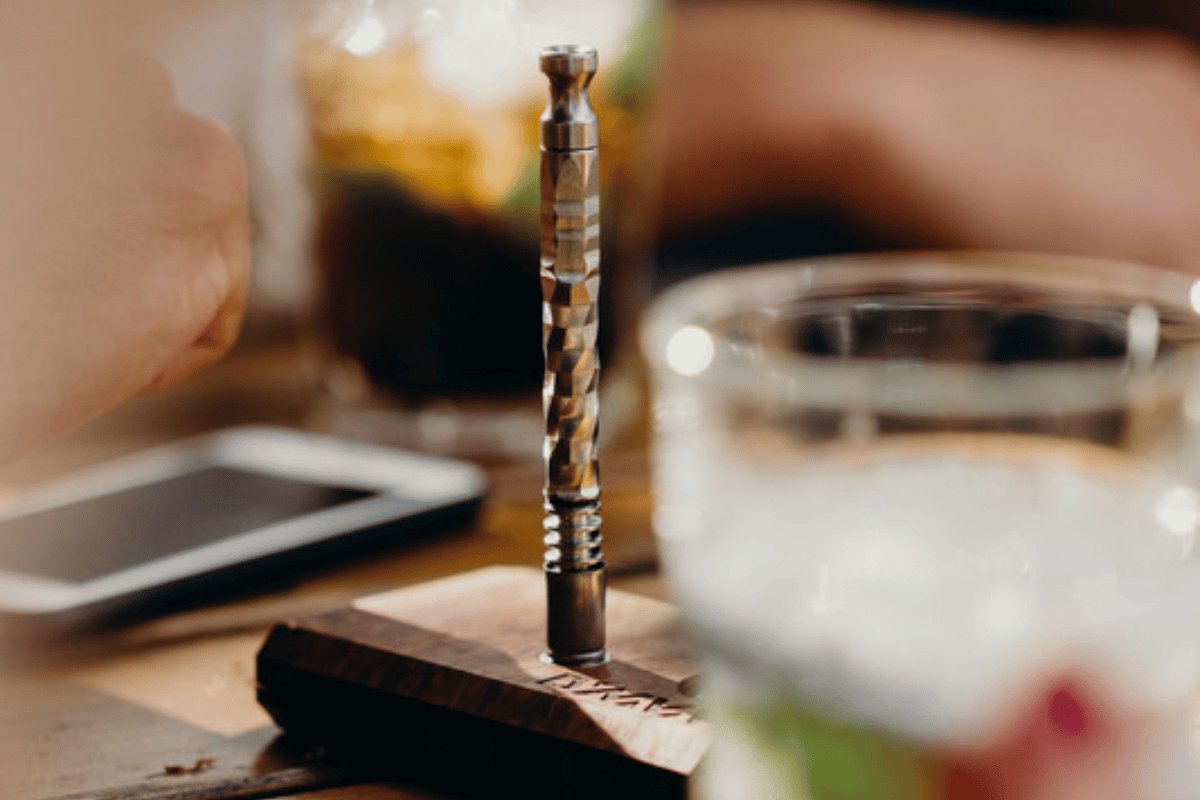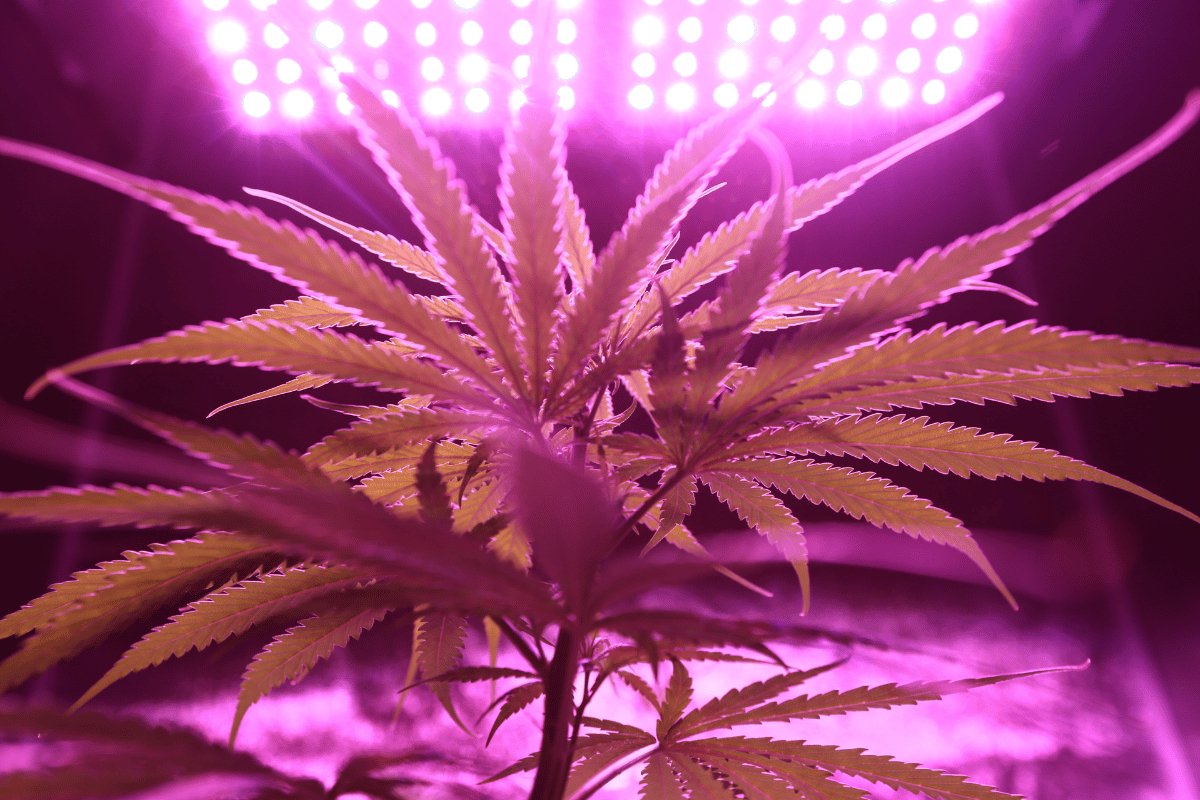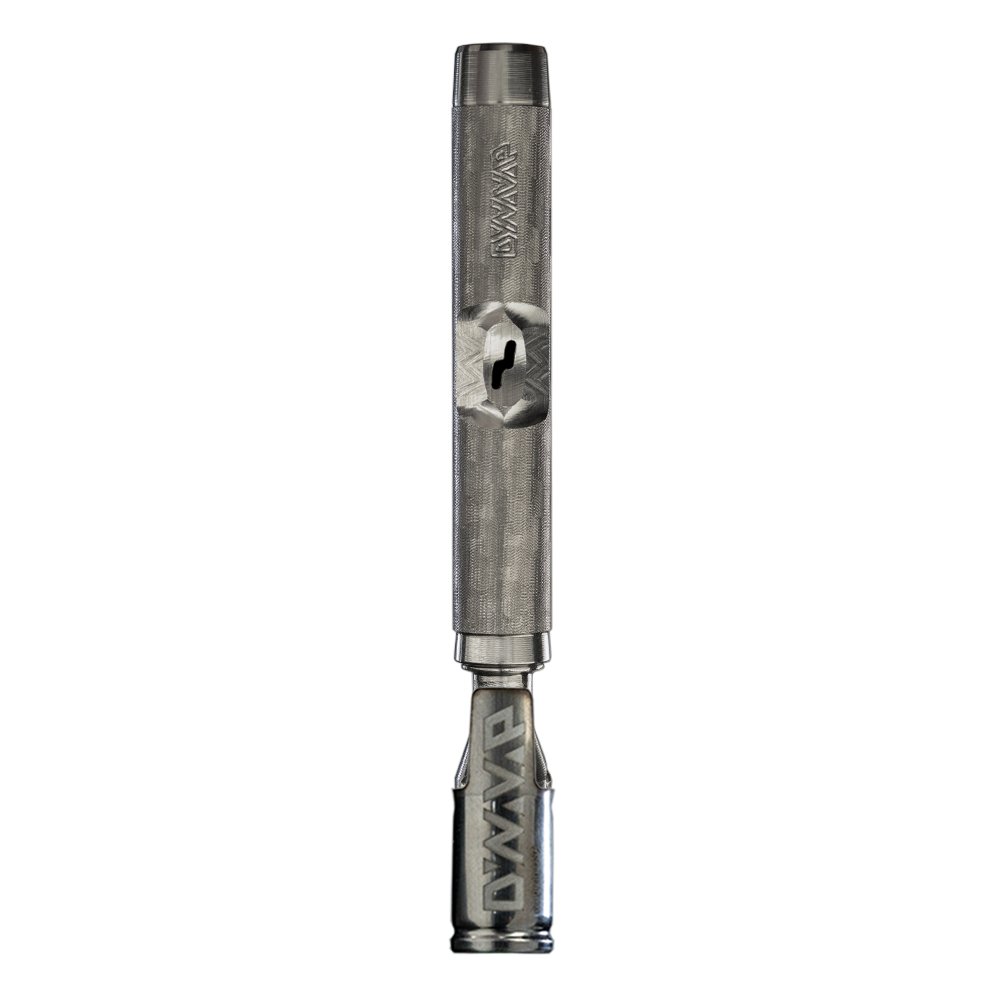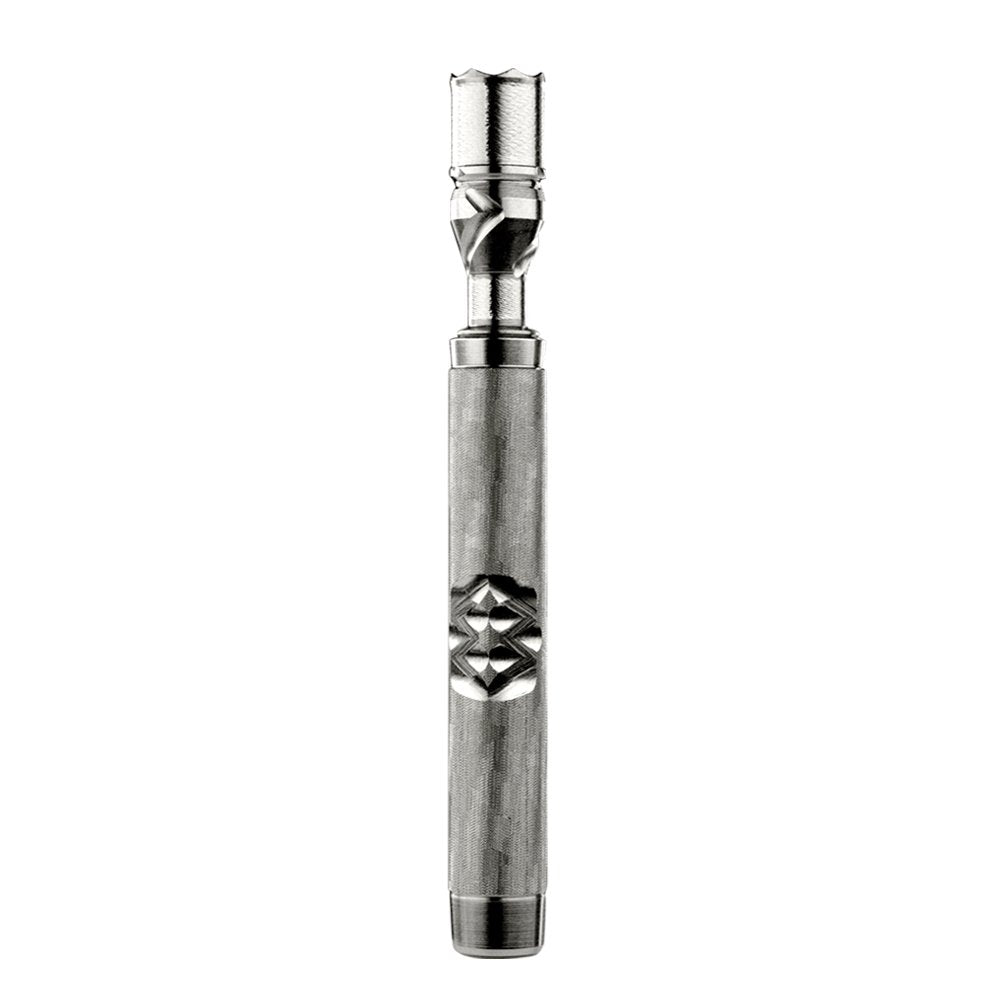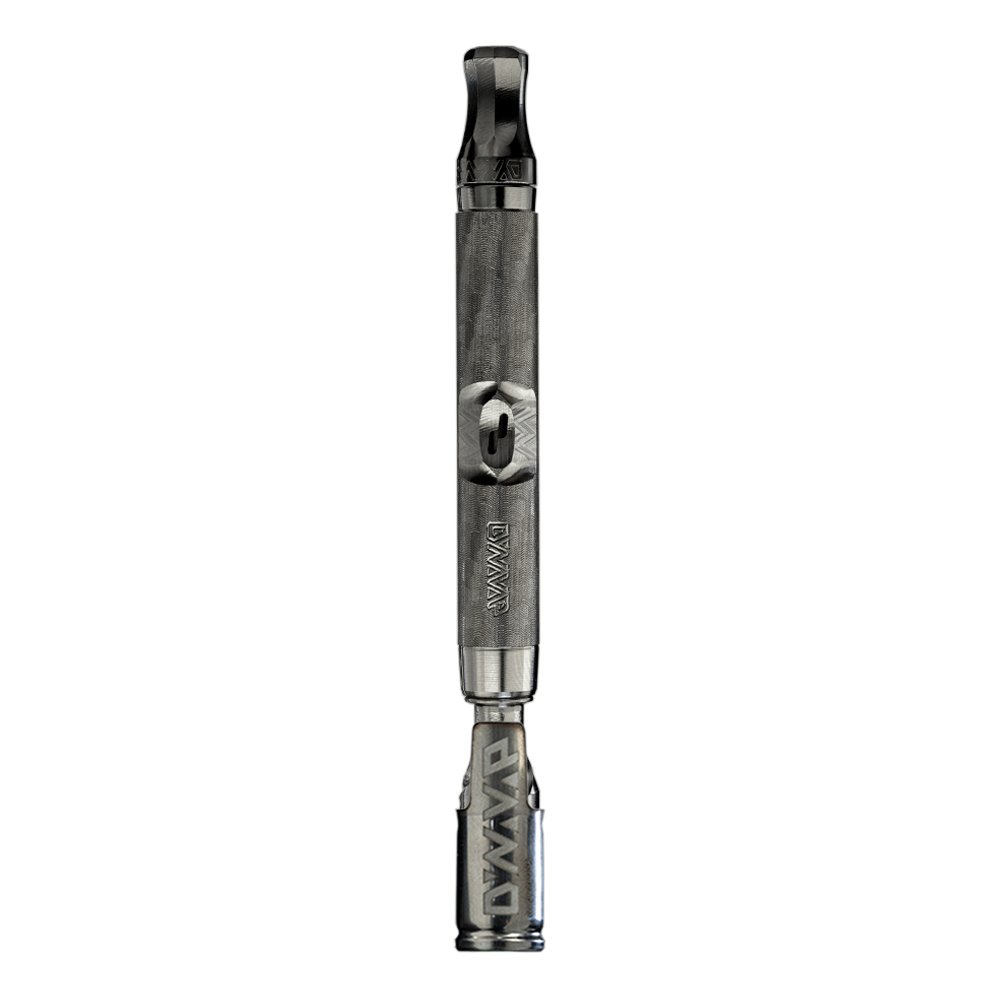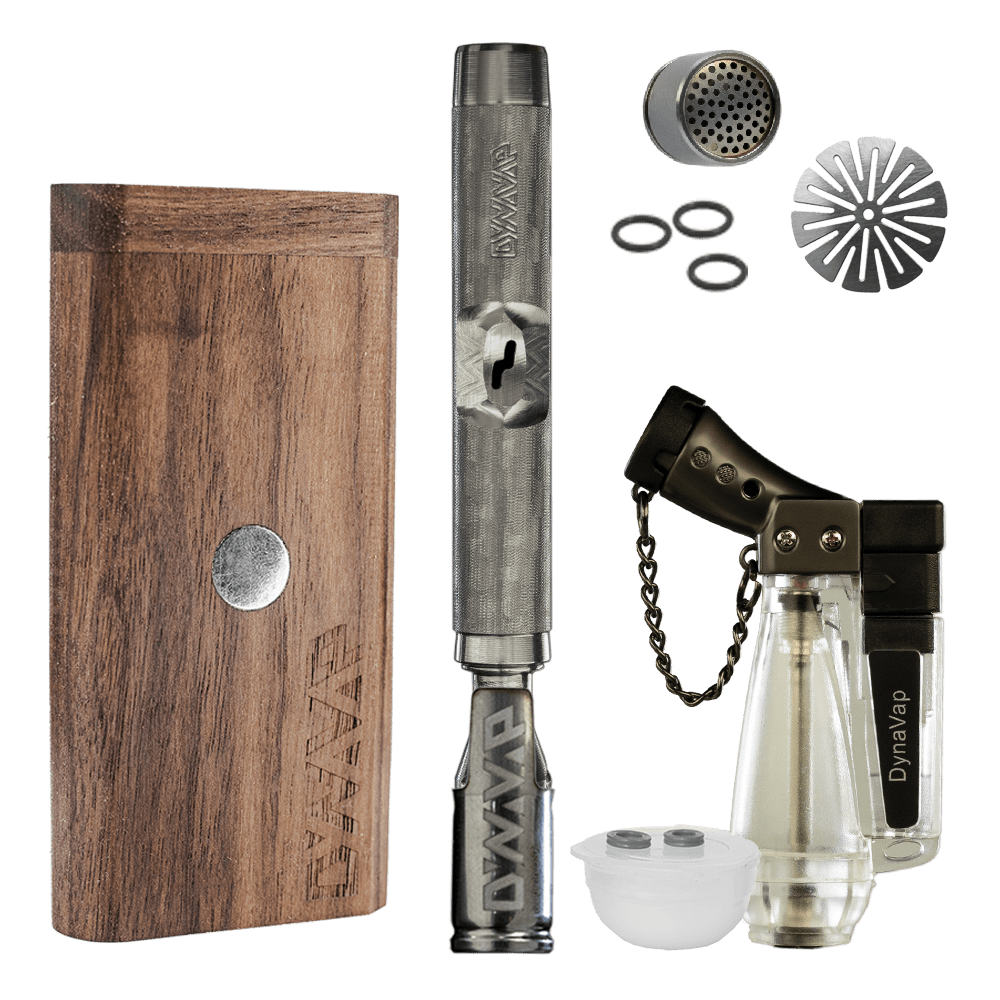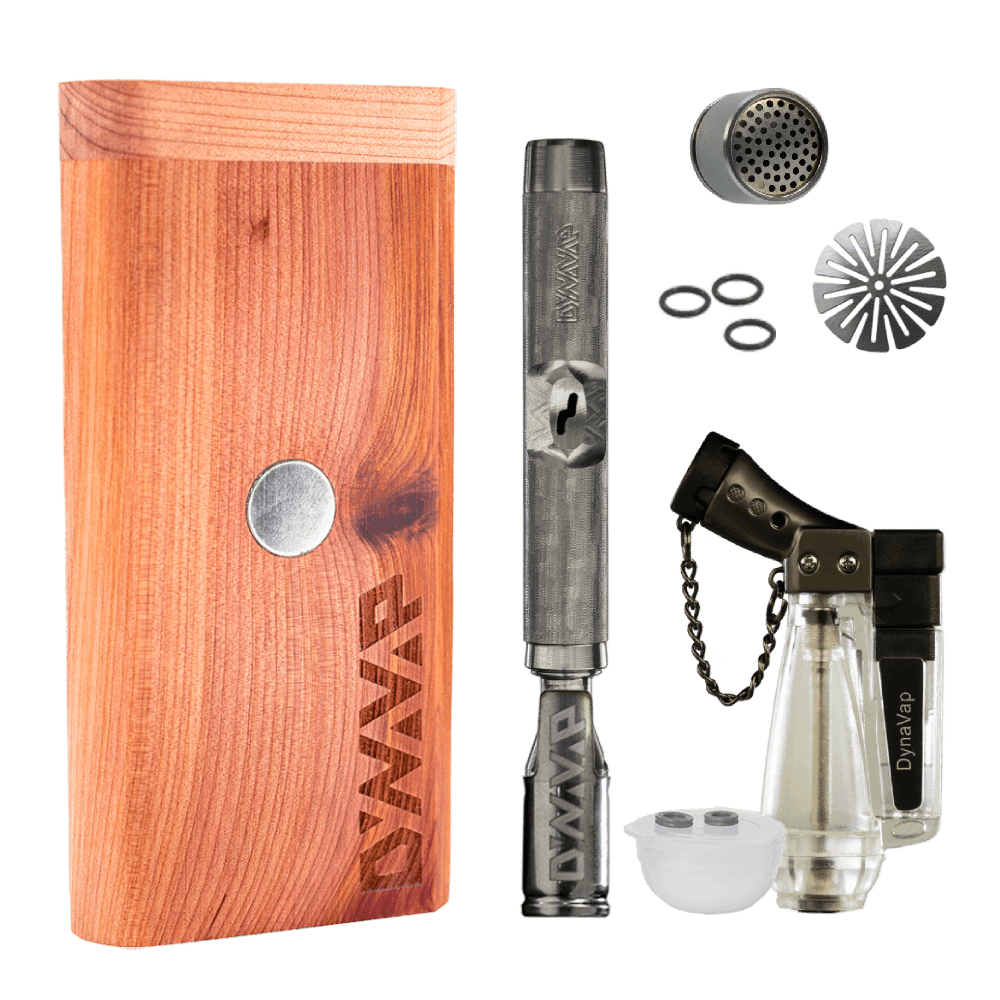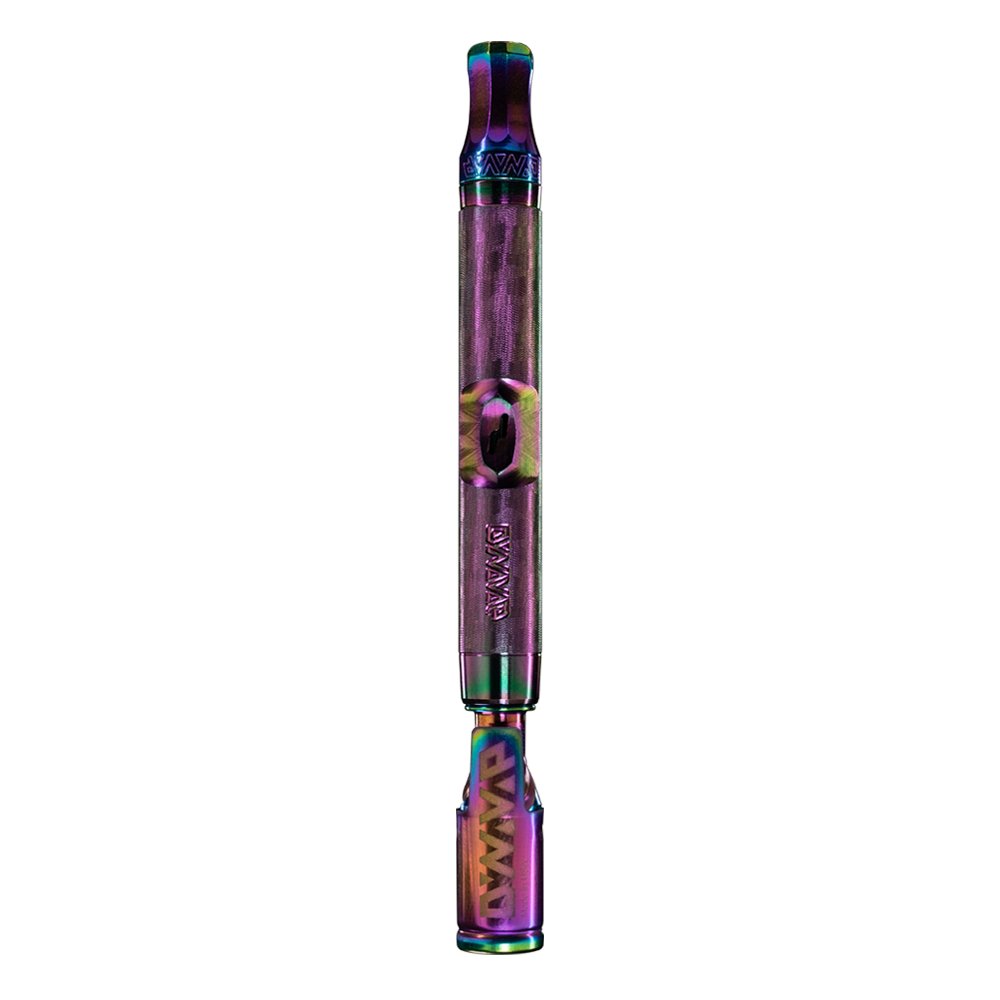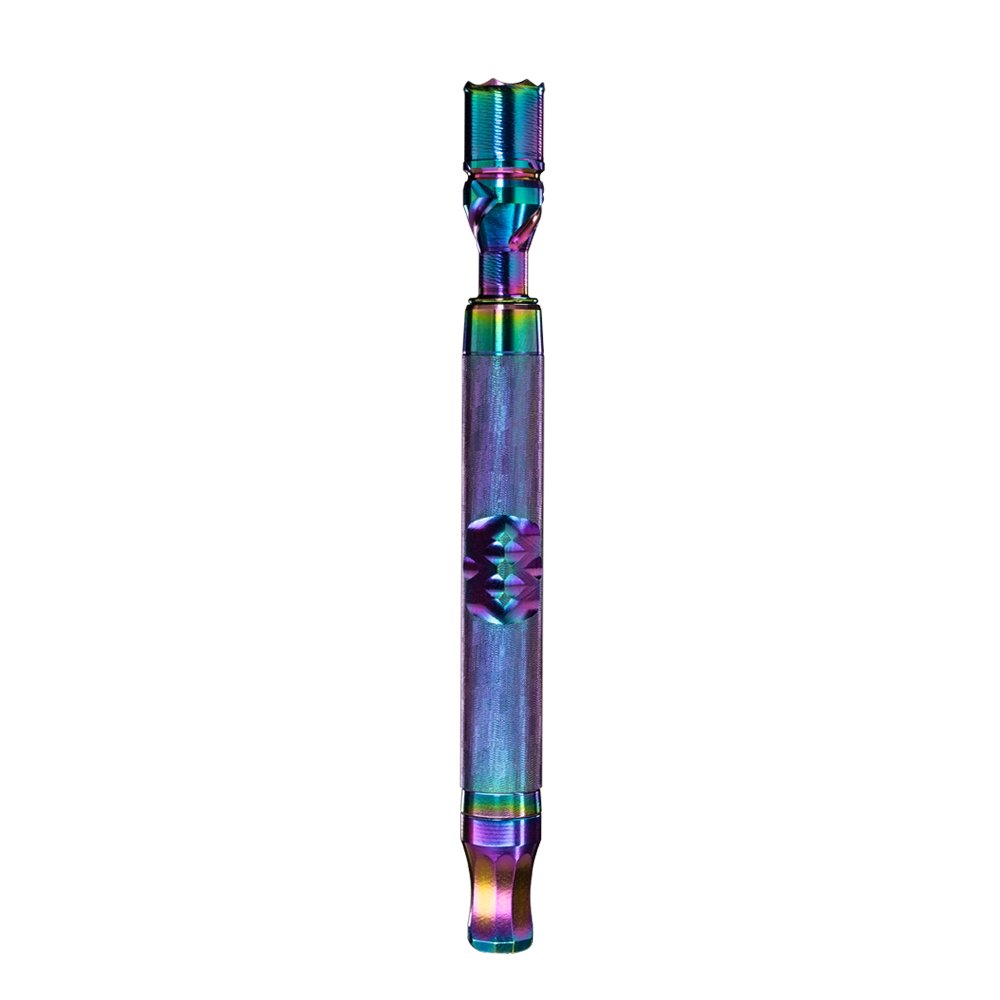If there’s one question on the lips of weed newbies (and some seasoned users too), it’s how long weed takes to work. Like many marijuana-related questions, there’s no quick or simple answer. Weed can take anywhere from ten to sixty minutes to take effect, depending on the delivery method, dosage, potency, your personal metabolism, tolerance and age.
It’s super important to know when the effects of your chosen delivery method can start to kick in, so you’re not blindsided when feelings of euphoria and waves of body relaxation hit. In this article, we’ll dive into the diverse factors that can influence the onset of cannabis effects.
Average Onset Times for Different Types of Weed

Unlike many other recreational or medical substances, weed can be consumed and used in a range of weird and wonderful ways. There are four different forms of ingesting marijuana: inhalation, oral, sublingual, and topical.
Inhalation methods encompass delivery methods that work by inhaling cannabis directly into alveoli in the lungs, where they then rapidly make their way into systemic body circulation. Common inhalation methods include bongs, vaping, smoking and dabbing. Inhalation methods have a faster onset than other methods, with users typically feeling the effects in a matter of minutes. Peak effects take up to thirty minutes to kick in and can last for six hours. Inhalation methods are often favored by medical marijuana users who are seeking rapid pain relief.
Oral methods refer to those that enter the body via the digestive tract. These methods can include cannabis edibles, cannabis beverages, oils, powders and capsules. Metabolizing cannabis via the digestive system is quite a lengthy process. The effects can be felt around the 30 minute mark with peak effects at the four-hour mark. The residual effects can last anywhere between 12 and 24 hours. It’s helpful to note that THC edibles can take people by surprise because when they do kick in, the effects can be seriously intense as the liver metabolizes THC into a significantly more psychoactive compound.
Sublingual methods refer to when cannabis enters the body via the underside of the tongue. Beneath the tongue is a major artery that can expedite the active components in cannabis into the bloodstream. Sublingual delivery methods include alcohol-based tinctures and sublingual sprays. Sublingual products typically take 15-30 minutes to work, with peak effects at one hour and lasting up to three hours on average.
Topical methods include those that work by applying cannabis products to the skin. Topical products include creams, balms and salves, which are absorbed into the skin and act locally at the site they’re applied. There are also transdermal patches (these actually penetrate through the layers of the skin to be absorbed into the bloodstream). The effects of most topicals generally take 15-30 minutes to take effect and last for up to three hours. Transdermal patches work slightly differently and release cannabis slowly and consistently over a specific period of time, like 12 hours.
Factors Affecting the Onset of Weed's Effects
Now that it’s clear why different weed delivery methods have distinct onset times, it’s useful to explore other factors that can also impact cannabis effects and onset.
Biological Factors
Metabolism
Individual metabolism can profoundly affect the way the body responds to cannabis and its onset. Individuals with fast metabolisms tend to metabolize cannabis much faster than those with slow metabolisms, which means that they also experience the effects more rapidly. It’s helpful to remember that your body chemistry is highly individual and can be influenced by factors such as genetics, weight, age, whether you have any existing illnesses, whether you have an empty stomach, and whether you are currently taking any medications that may cause an interaction with weed. These issues can all influence how long your body takes to process cannabis.
Body Mass
Body fat levels also play a critical role in how long cannabis takes to work. People with higher concentrations of body fat may notice that weed takes longer to kick in. Cannabinoids in cannabis (like THC and CBD) are fat soluble, so they can bind to fat molecules in the body and take longer to be metabolized–and thus stay circulating in the body for longer too.
Tolerance Effects
Research shows that individuals who consume weed on a regular basis –particularly heavy users–can develop tolerance to the psychoactive effects of the plant. Tolerance won’t necessarily change the onset time, but it can mean that the user has to consume increasing quantities to receive the same effects they used to experience at a lower dose.
Age
Age may also influence the onset time of weed. Evidence tells us that aging can slow down certain processes, such as how the body metabolizes medicine. Hepatic clearance (or the ability to extract and metabolize a substance as it passes through the liver) can reduce as an individual becomes older. In the case of weed, this can mean that the plant takes longer to take effect and can stay circulating in the body for longer.
Environmental Factors
Dosage
Dosage represents another consideration in the time it takes for weed to take effect. Generally speaking, a higher dose of substance will not necessarily make the effects land faster, but it can intensify them and make them last longer.
In the case of weed, a higher dose of a rapid delivery method such as smoking may make it feel as though the onset is quicker, because more intense effects are felt in a shorter period of time (remembering that inhalation onset can kick in in just a few minutes.)
Potency
The potency of delta-9-tetrahydrocannabinol, or THC, can also impact how long weed takes to work. Information about drugs and substances in general suggests that the relationship between potency and effect is complex. Nonetheless, user reports suggest that high potency weed may take effect faster.
Setting
In recent years, the importance of set and setting has captured attention in weed and psychedelic circles for the significant way it can affect these substances. Setting refers to the context in which you consume a substance. In the case of weed, research and anecdotal experiences tell us that you’re likely to have a more positive experience when you consume weed in a place where you feel safe and relaxed. Taking weed in a setting where you feel anxious, stressed, or uncomfortable may slow the absorption of the plant into your body, and delay the onset of its effects.
Tips for Safe and Effective Weed Consumption

If you’re new to weed and are aiming to cultivate safe and effective experiences with the plant while reducing the risk of adverse effects, here are our top tips.
Start with a Low Dose
If there’s one time-honored saying that weed aficionados and cannabis experts come back to time and time again, it’s “start low and go slow”. This adage is easy to remember and it’s super helpful because it encourages users to begin with very low doses of cannabis and gradually increase the dosage, taking time to observe how your body and mind responds as you do so. The recommended for first time newbies is usually about 2 to 3 mg. You can stop increasing the dosage when you hit your sweet spot, more officially known as the “cannabis therapeutic window”. This is the point where you experience the desired effects without side effects.
Begin with the Best Consumption Method for Your Needs
The best cannabis consumption method for a beginner really depends on individual preference. If you’re looking for faster onset and more immediate effects for pain relief, inhalation methods are the way to go. If easy, convenient, and accurate dosage is more your concern, opt for cannabis beverages, edibles, oils or tinctures. If you’re more focused on achieving long-lasting effects to target chronic pain, choose an option like cannabis edibles or a transdermal patch. Begin with the consumption method that resonates with your needs most, then try out other delivery styles for a point of comparison.
Manage the Effects of Weed
Managing the effects of weed is an essential consideration for weed newbies. Being familiar with the time frame in which different delivery methods can kick in can help you ensure you’re in a safe, chill place when you start to feel the effects–particularly if you’re consuming products that are high in delta-9-tetrahydrocannabinol THC levels.
Set yourself up for success by consuming weed in a place where you can fully relax for the duration of the effects. THC is intoxicating and you definitely don’t want to be in a car or operating machinery while experiencing mind-bending high or profound sedative effects. Opt for a setting where you feel comfortable, particularly if other people are around. Have a quiet space you can retreat to if you begin noticing any negative effects.
The Bottom Line
The marijuana plant can offer wonderful medicinal and recreational benefits to those who use it mindfully. This means being aware of how different delivery methods can influence the length of time the effects take to kick in.
Arming yourself with knowledge about the factors that can influence how long cannabis takes to kick in can elevate the likelihood of having a positive experience, and lower the possibility of side effects.



